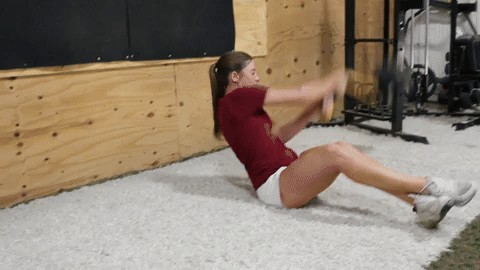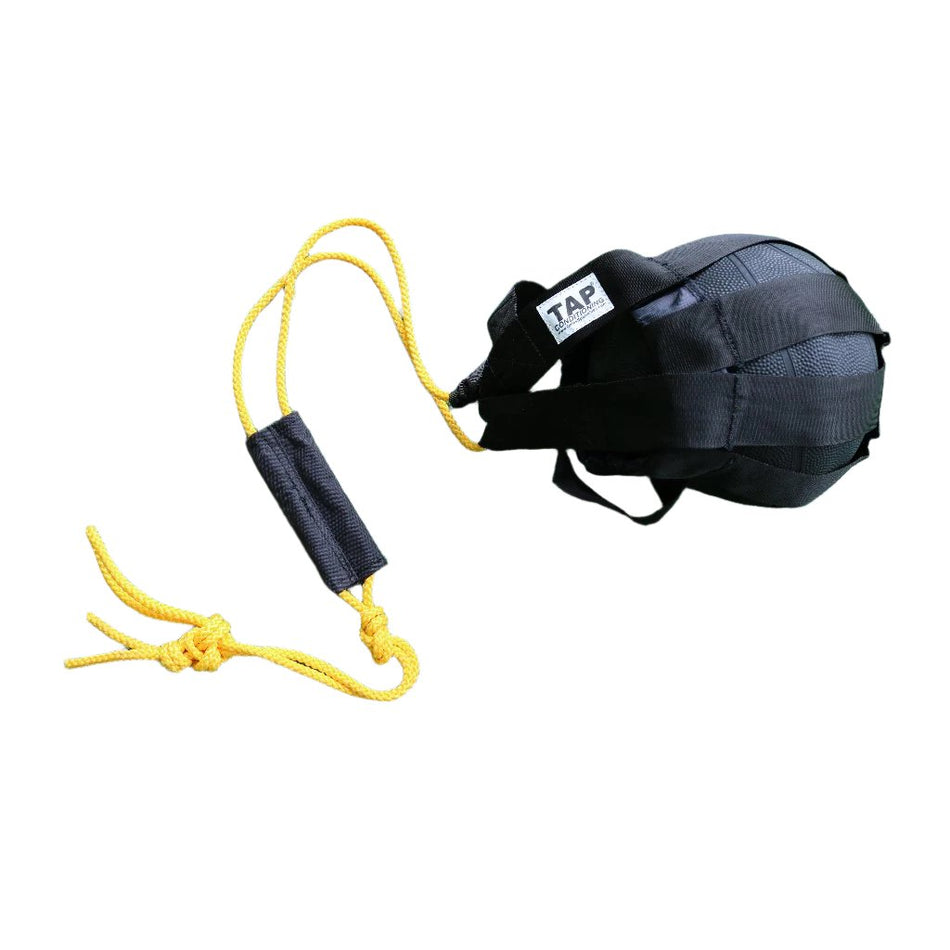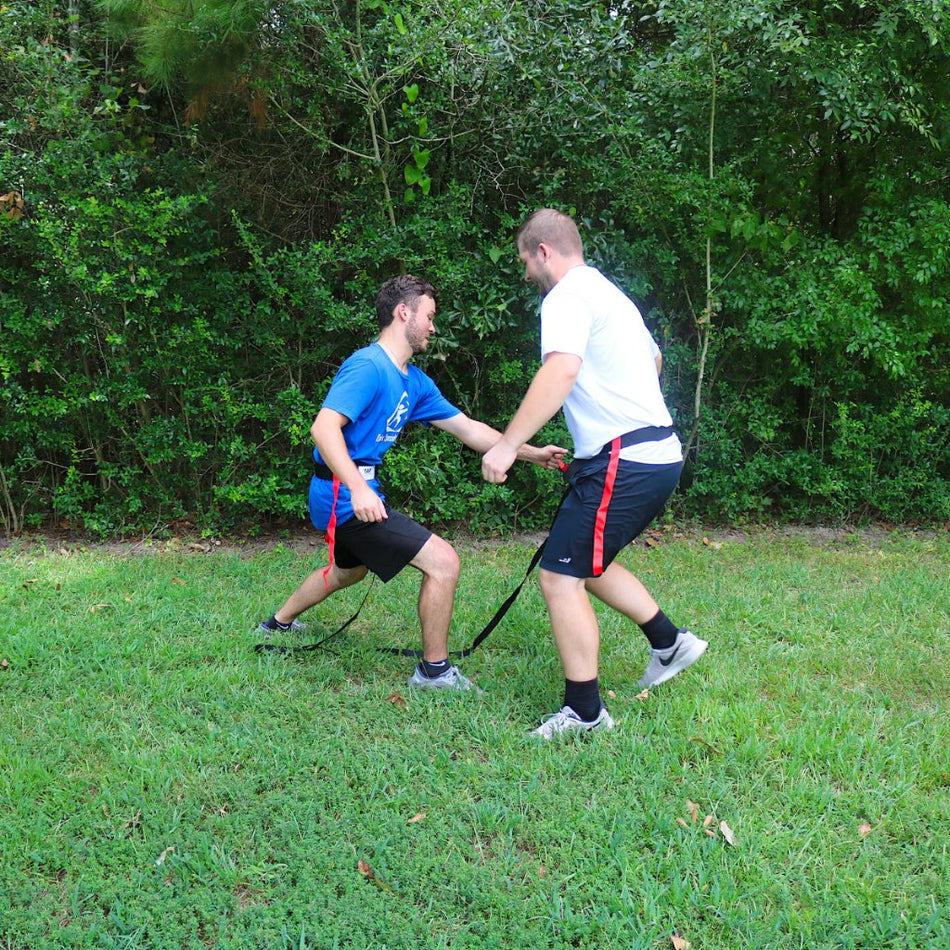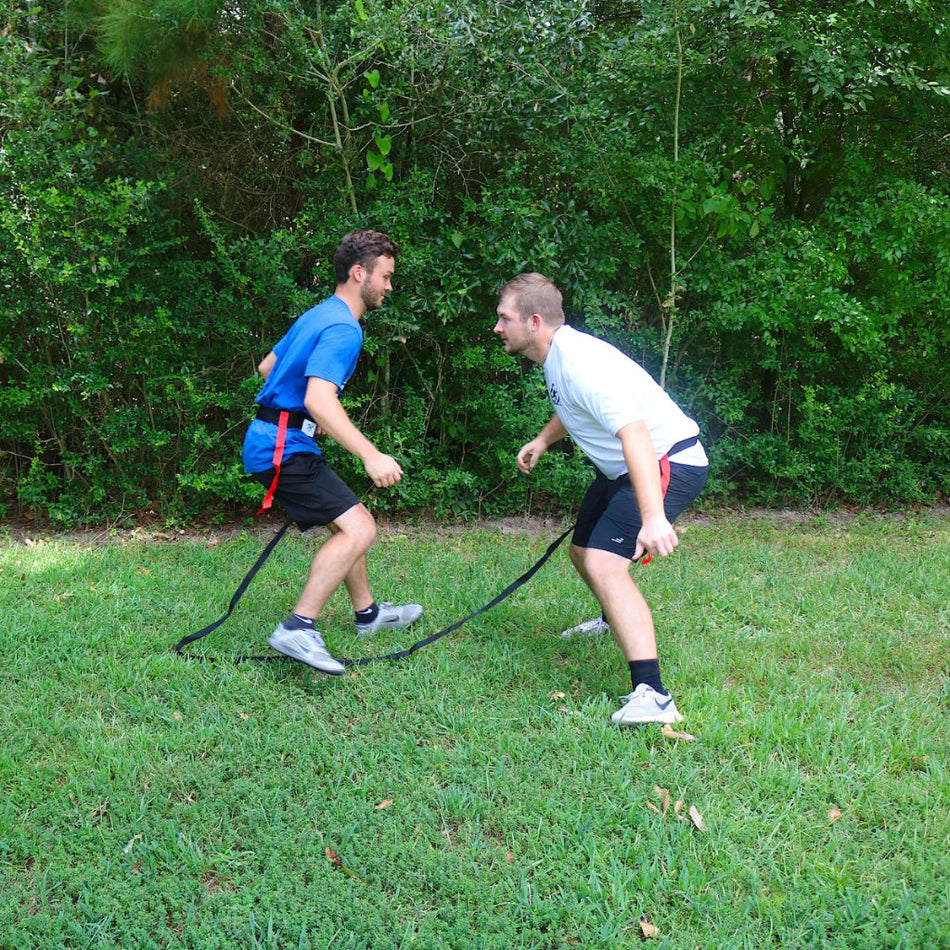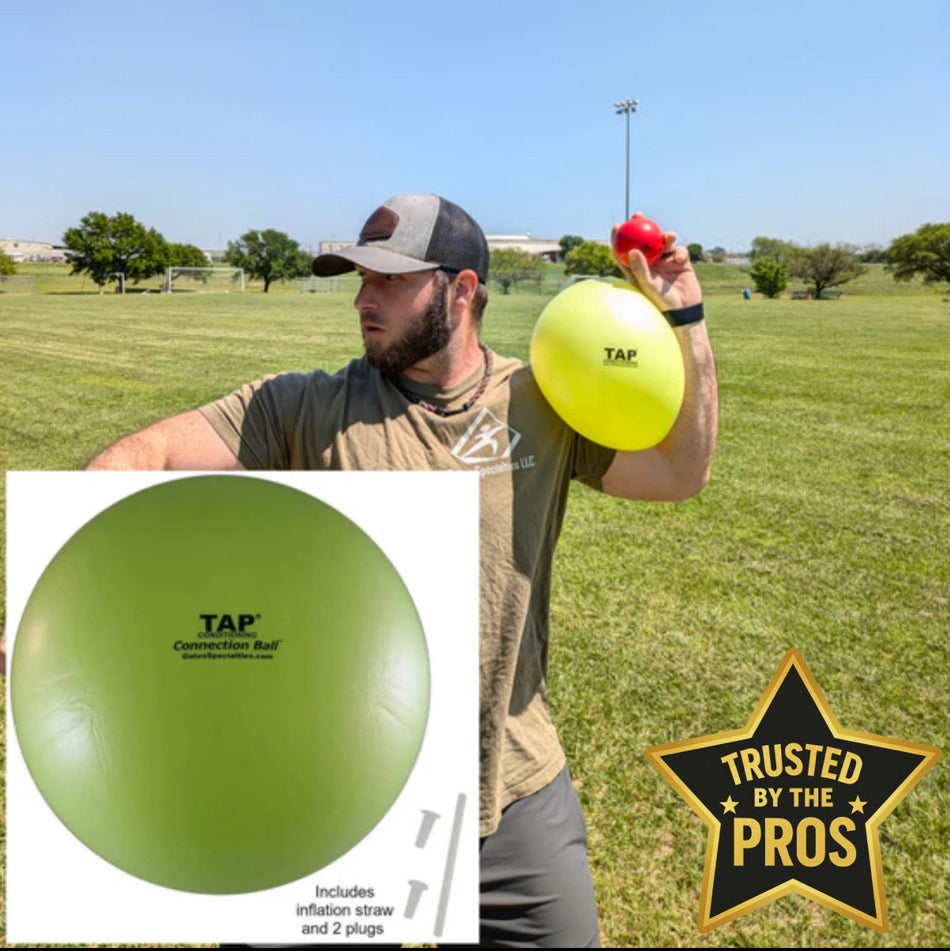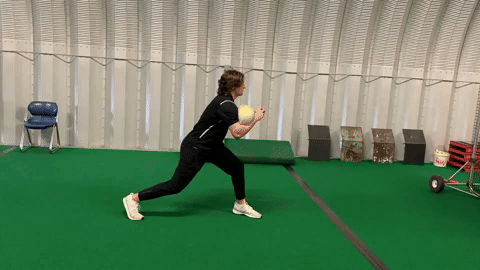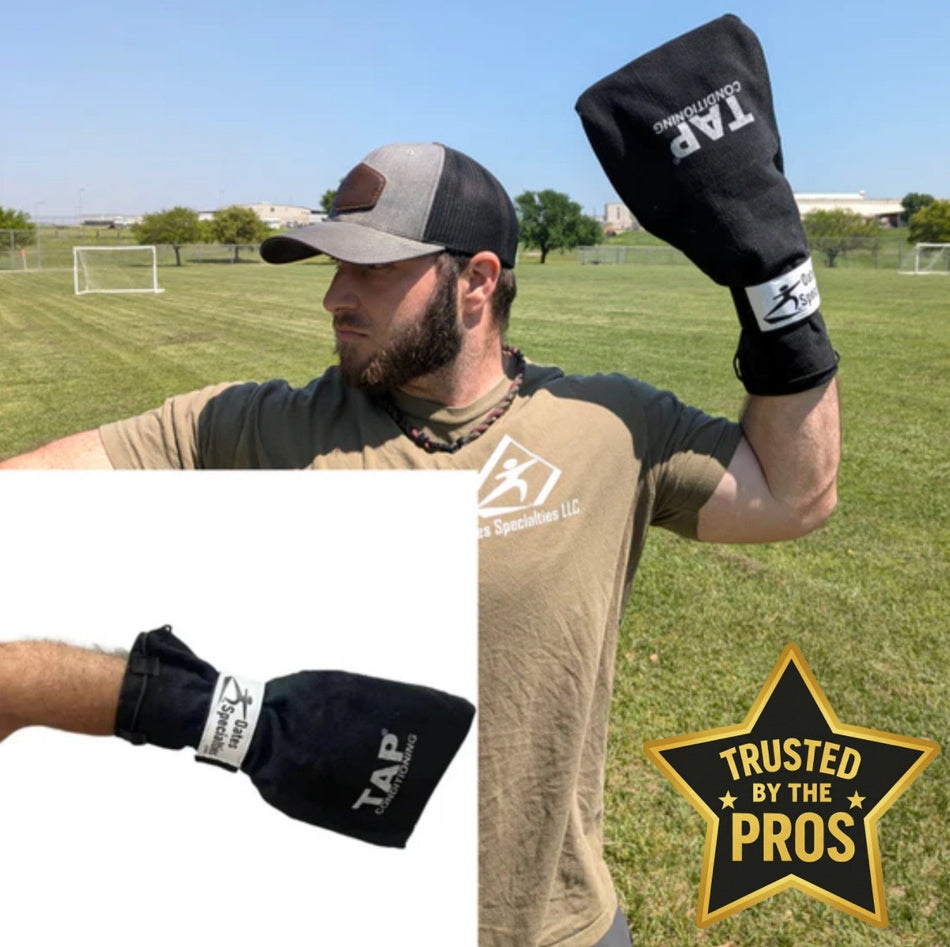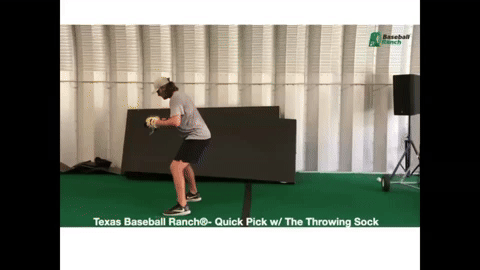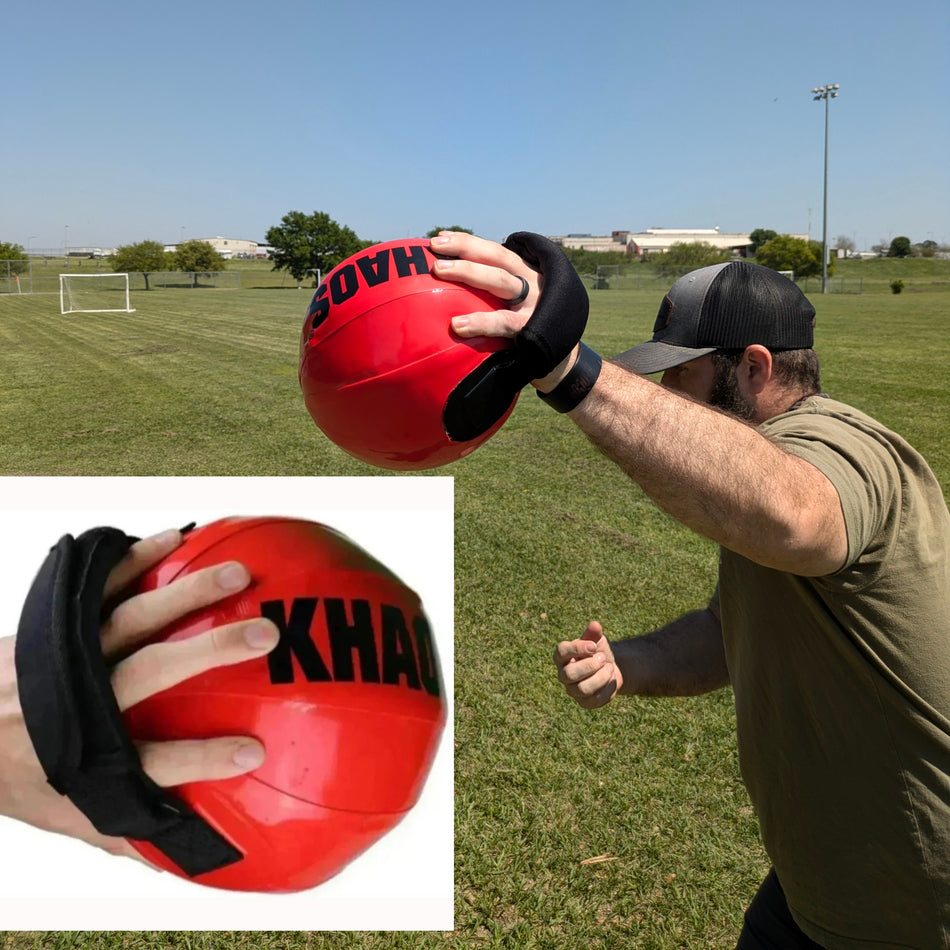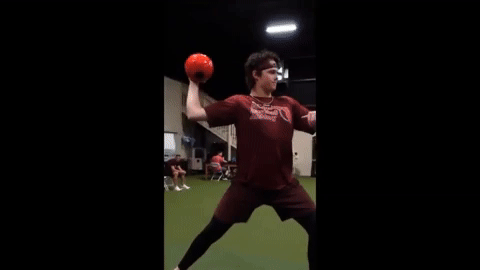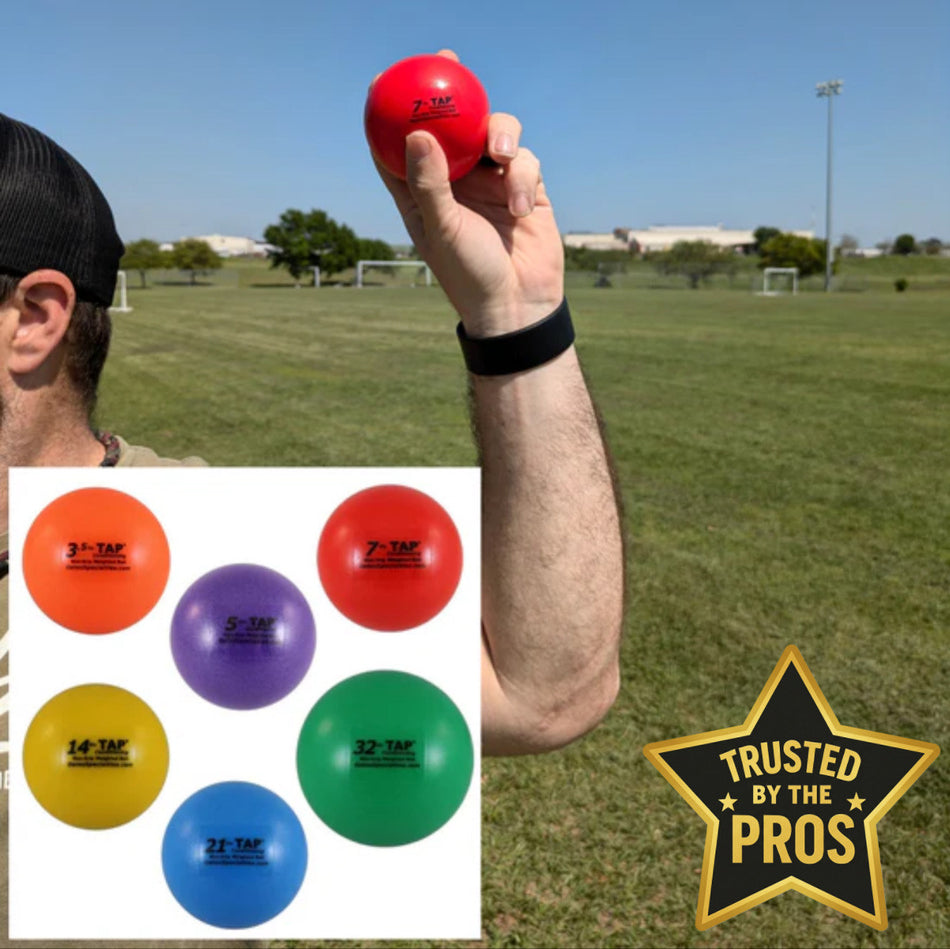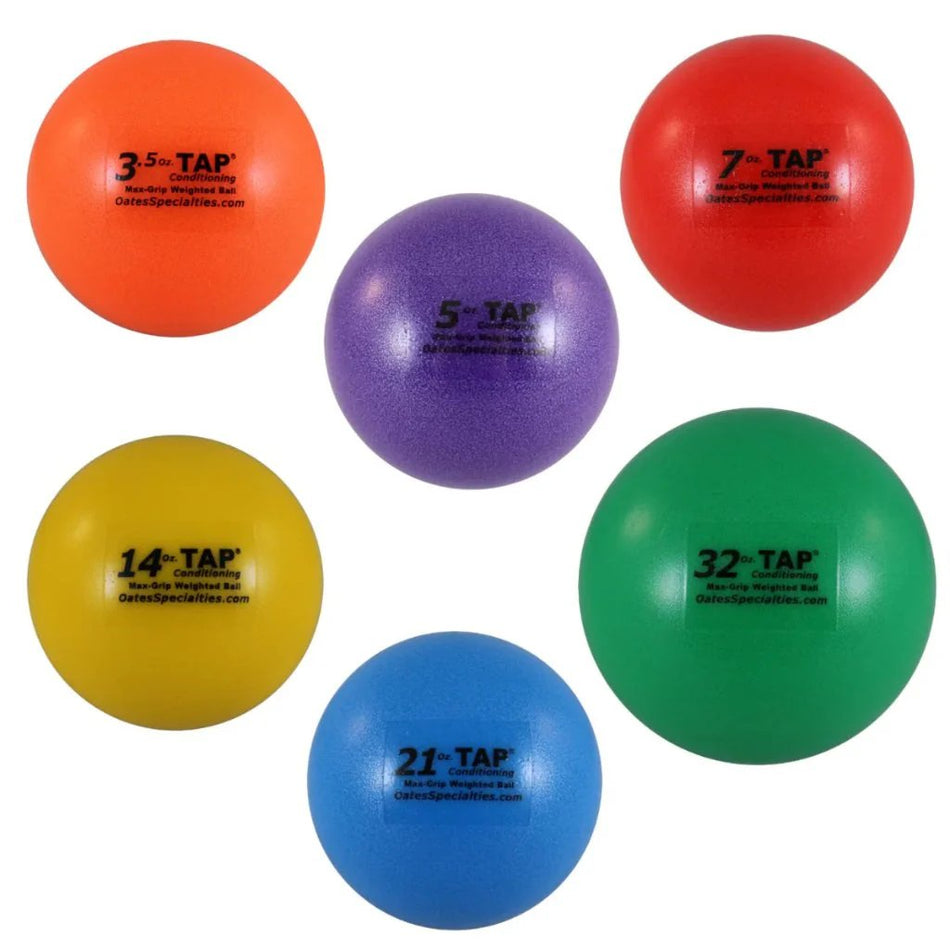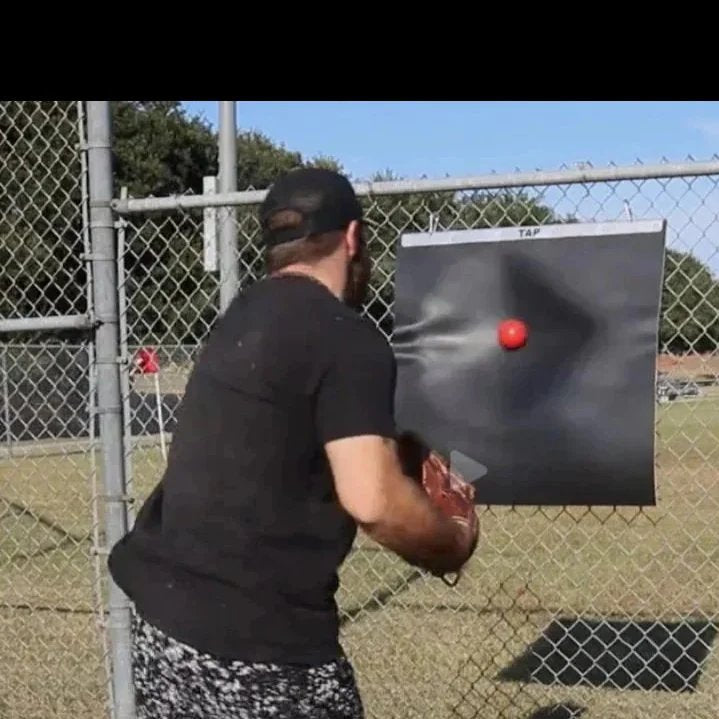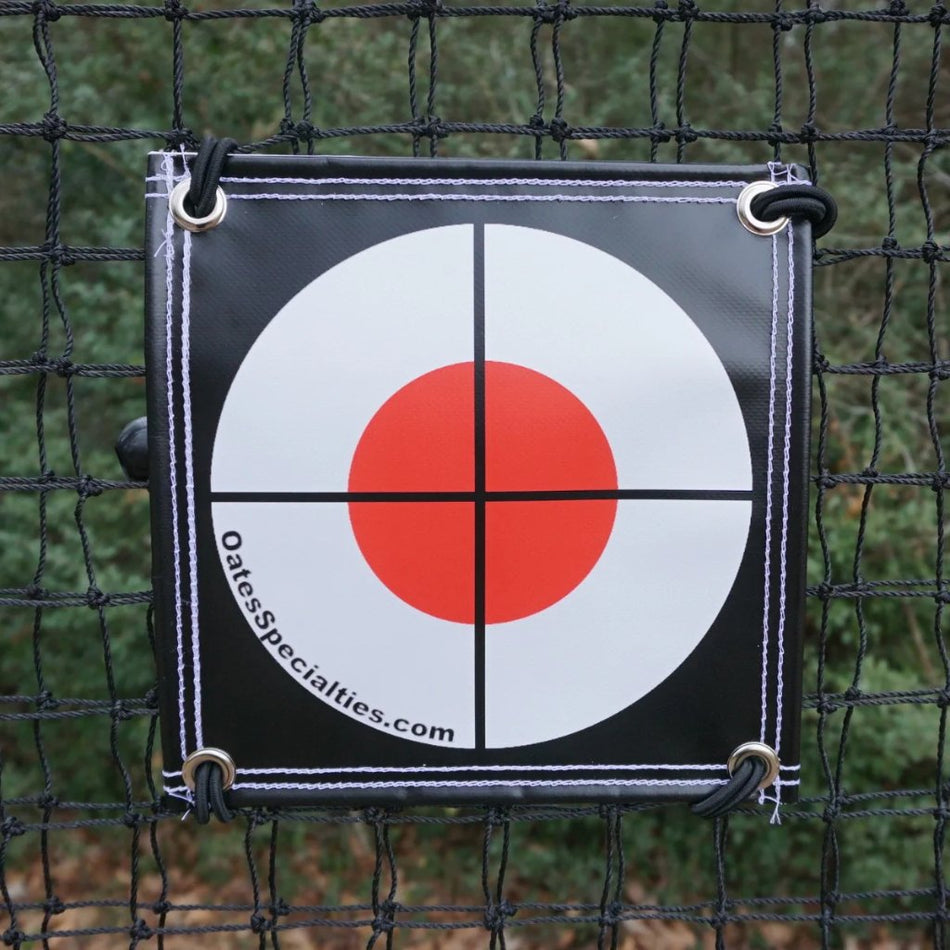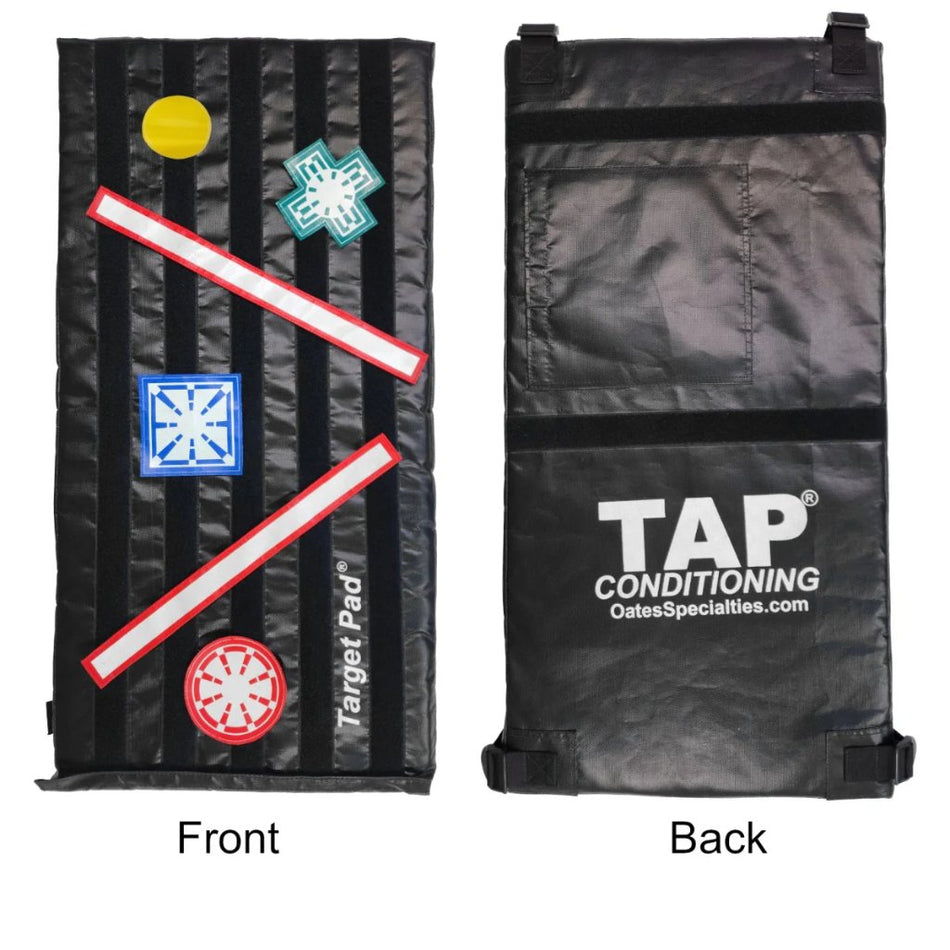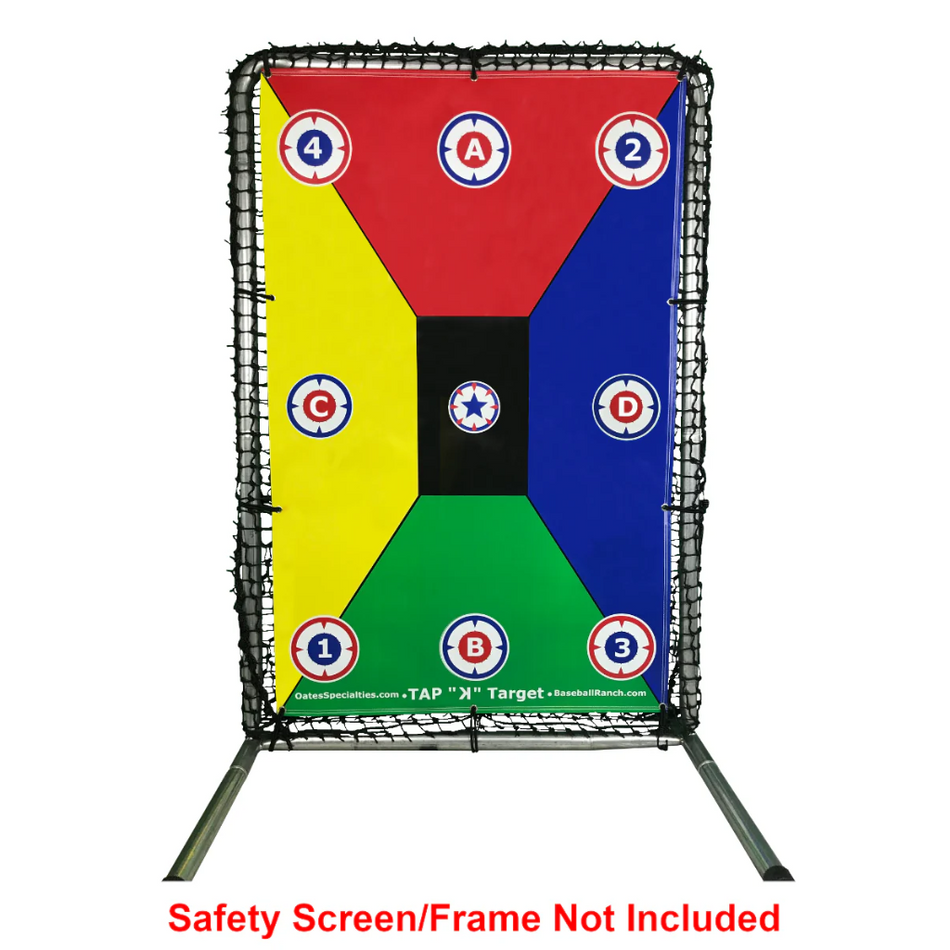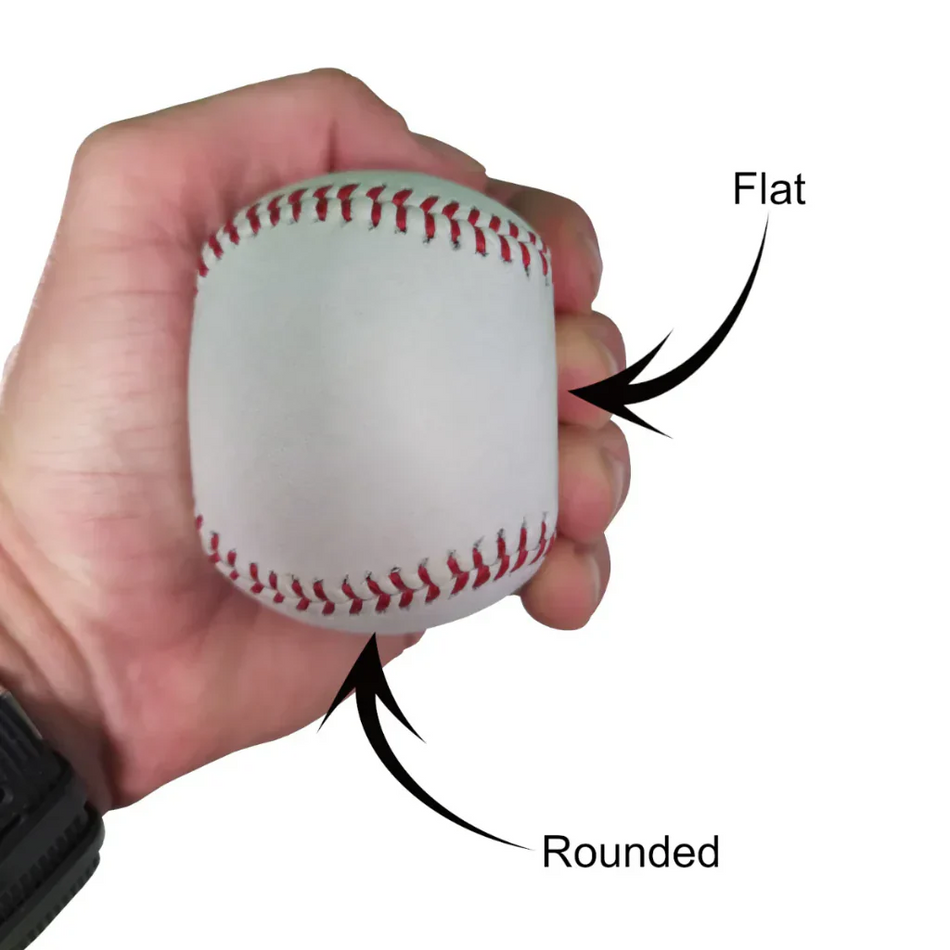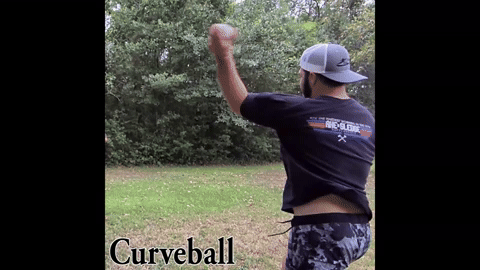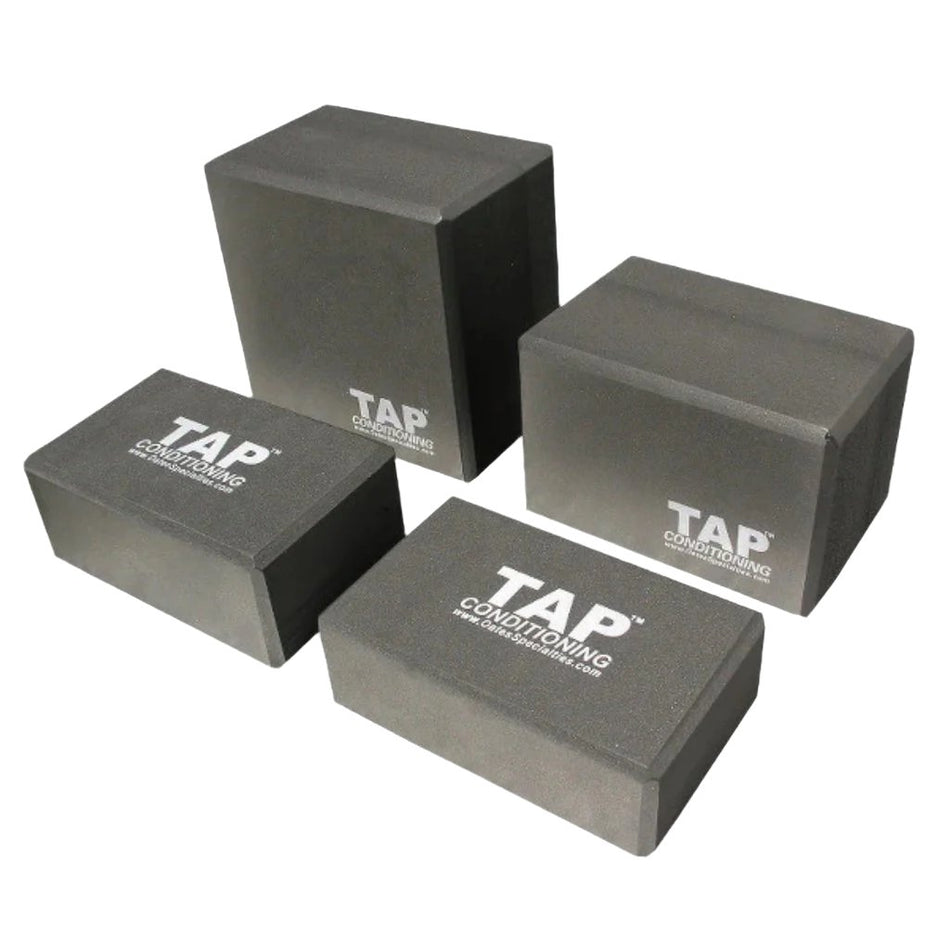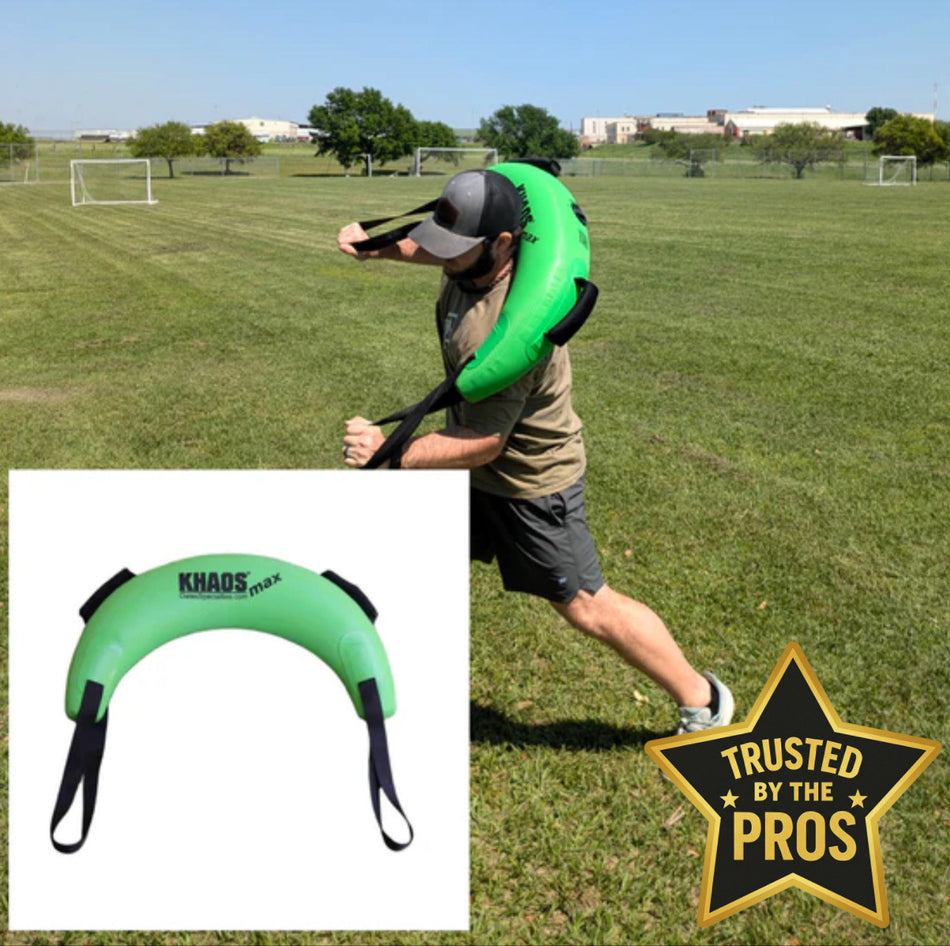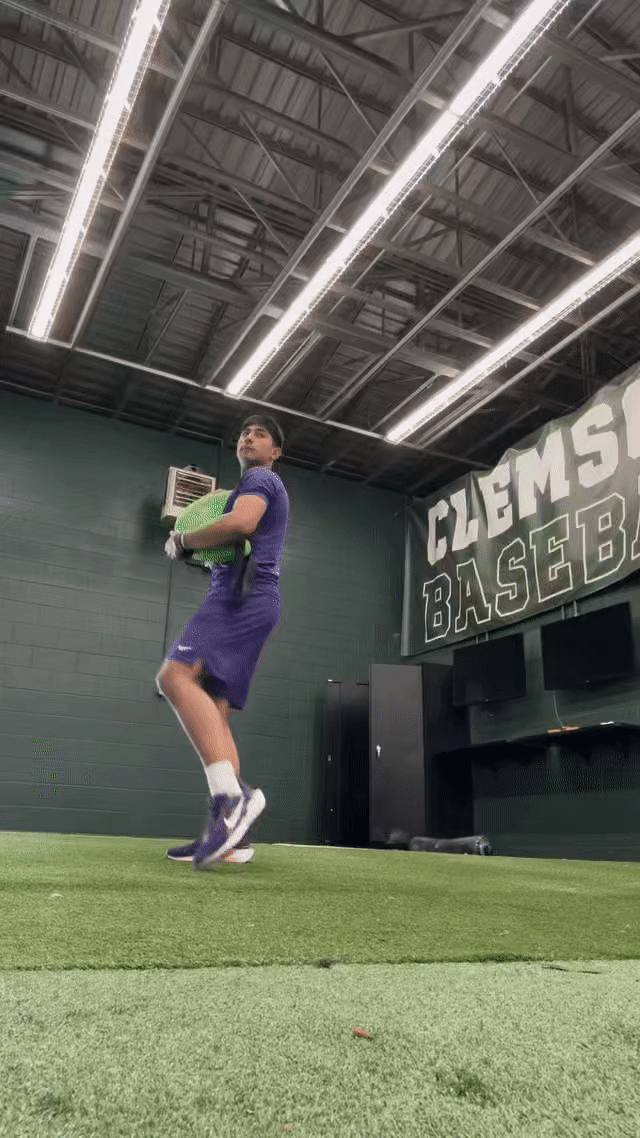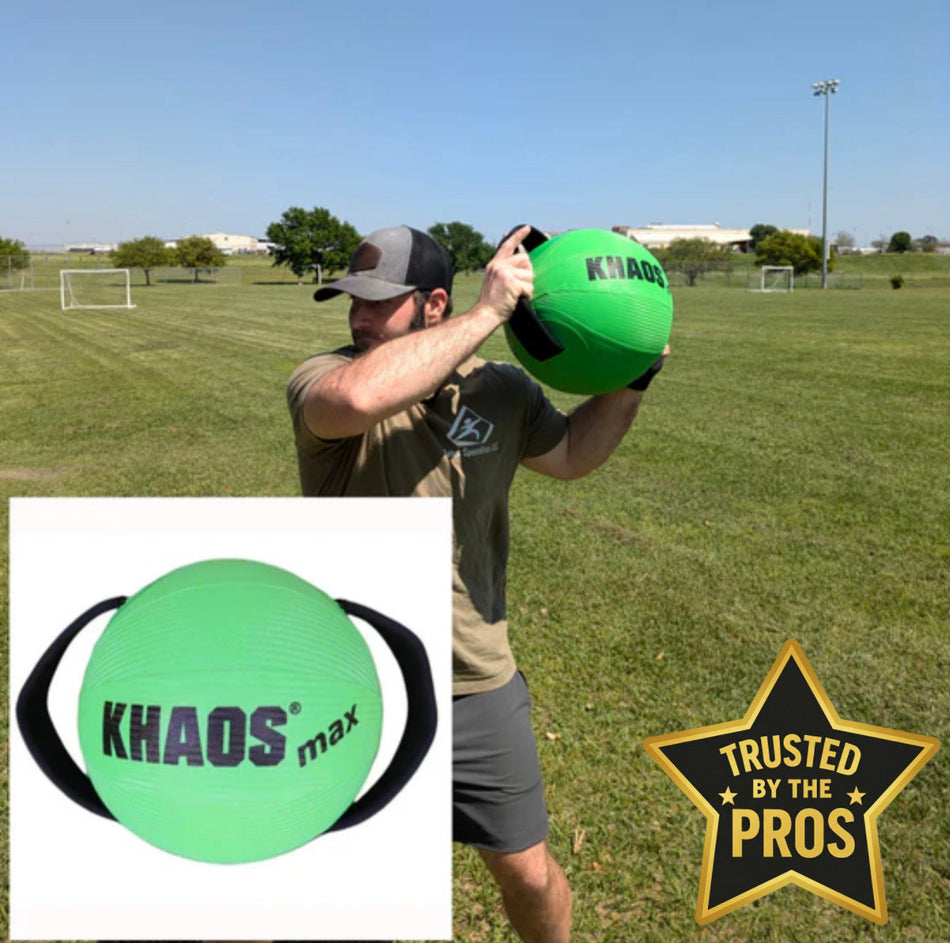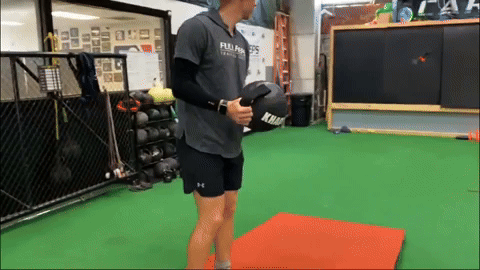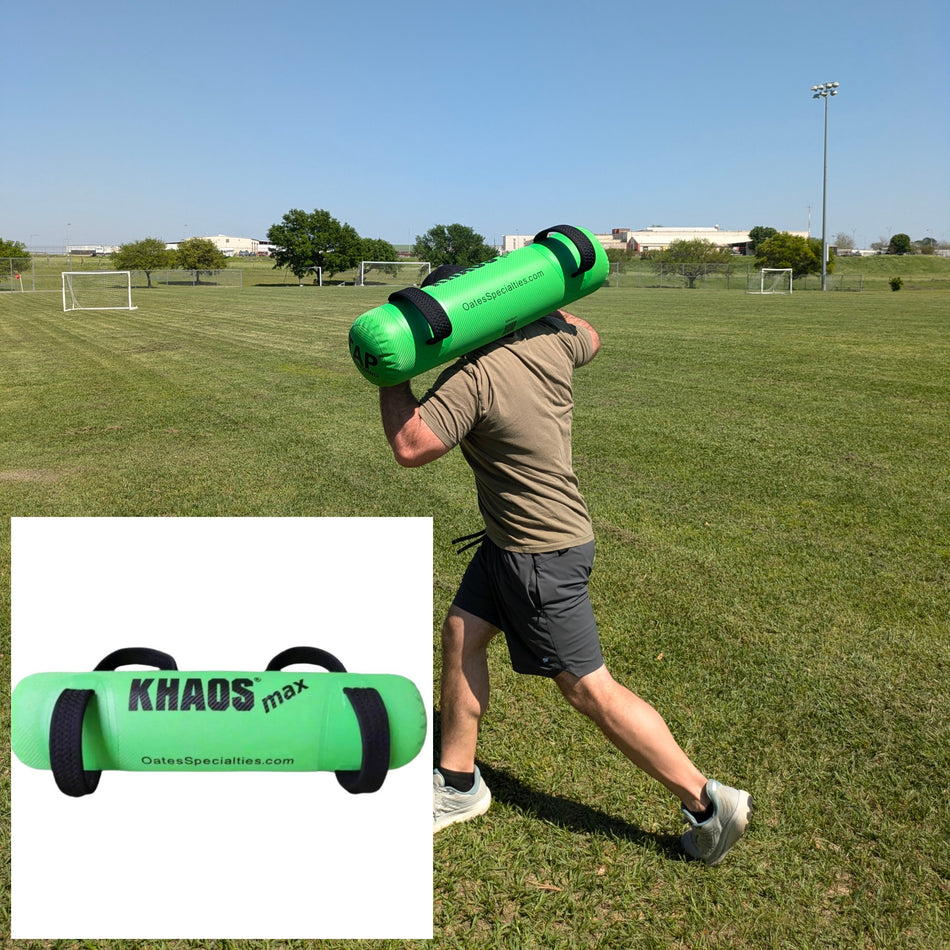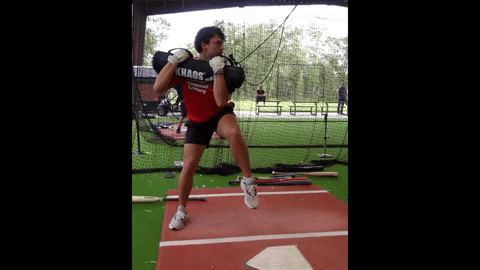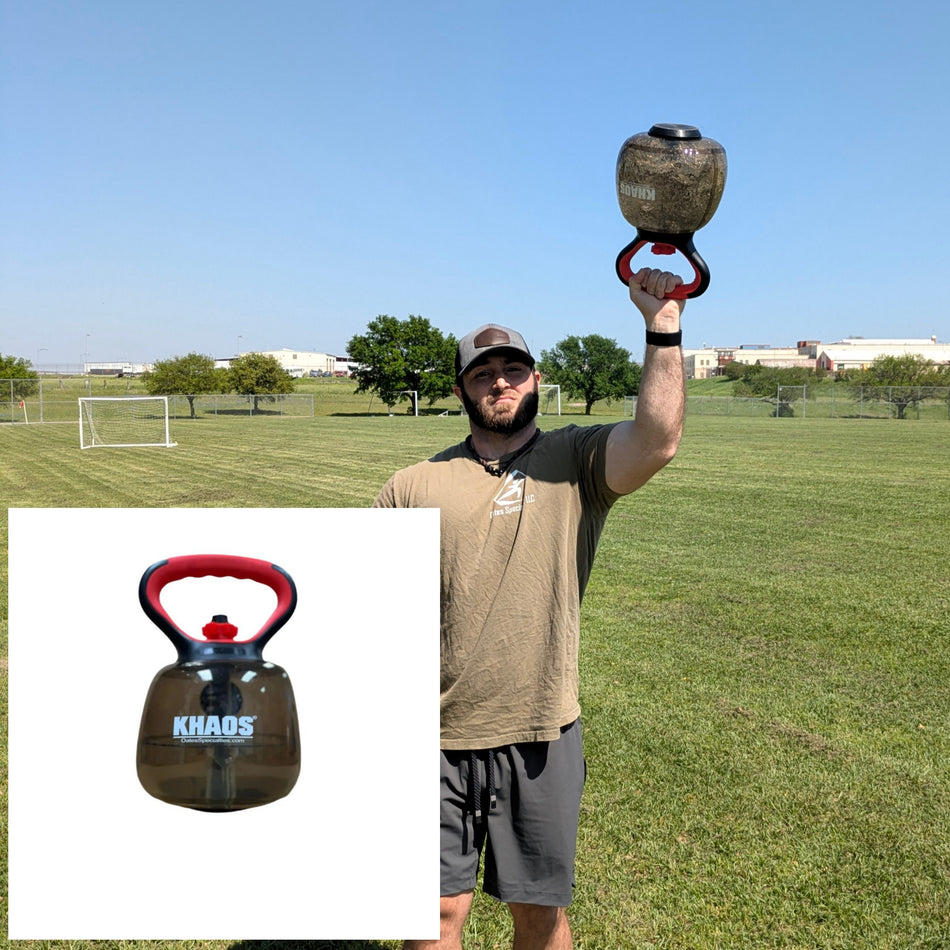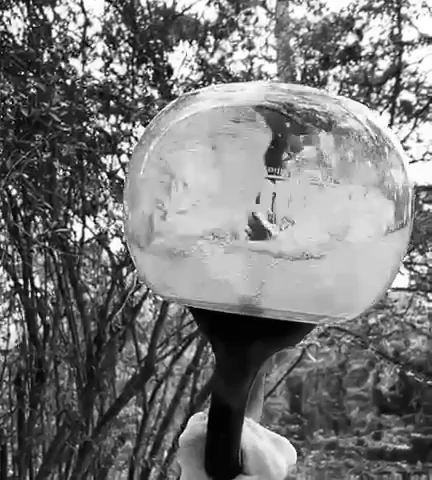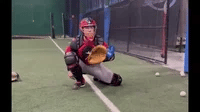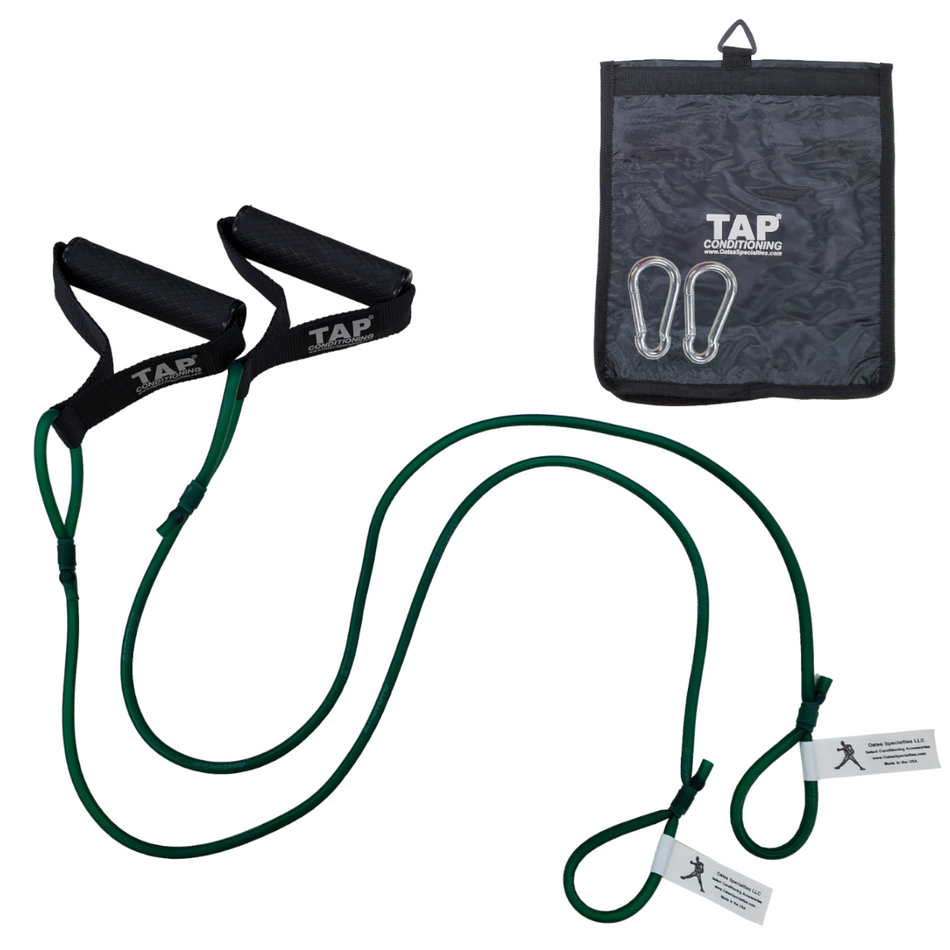Why the First Weeks of Your Season Are Baseball's Most Dangerous: Take Control of Your Preparation to Avoid Becoming a Statistic
Your arm, your responsibility, your future - whether you're training at home or in a world-class facility
CRITICAL INJURY WINDOW: The First 2-6 Weeks of Organized Competition
Every season, regardless of when it starts, doctor's offices across America see a predictable surge: baseball players with arm injuries appearing within the first 2-6 weeks of organized practice. This peak injury period occurs when athletes who felt "ready" discover their tissues weren't prepared for competitive demands.
Understanding the Research Context
Research confirms what sports medicine clinics have documented across all levels for over two decades: peak injury periods occur during the transition from preparation to competitive play. When MLB's preseason training was compressed to just three weeks in 2020, injury rates increased substantially compared to normal preparation periods, with upper extremity injuries specifically rising compared to pre-layoff seasons.
This research validates what amateur baseball experiences at every level: inadequate preparation time before competition creates predictable injury spikes, regardless of whether your season starts in January, March, or any other month. While comprehensive injury data comes primarily from MLB—where spring training creates a March-April peak injury window—the underlying principle applies universally. A high school season starting in early February faces the same early-season injury spike that MLB experiences in March-April. The months change, but the risk window stays constant.
The Hard Truth Every Pitcher Must Face
Your parents can't prepare your arm for you. Your coach can't do it either. They can provide support, guidance, and resources, but the daily work of preparation - that's on you.
Research published in Motor Control (2019) demonstrates a fundamental principle: external instruction has limited impact on skill development compared to internal discovery and adaptation. Randy Sullivan, founder of Florida Baseball Armory, experienced this revelation when motor learning expert Frans Bosch declared, "The body shows very little interest in what the coach has to say. Over 300 studies have shown that the best performers in any sport are the ones that don't listen to their coaches." This isn't about rebellion - it's about taking ownership of your development.
Why Early Season Is So Dangerous
The throwing motion exposes the elbow to significant biomechanical stress. Research has consistently demonstrated that during the pitching motion, specifically at the instant of maximal shoulder external rotation, the elbow experiences a varus torque of approximately 120 Nm acting to resist valgus stress (Werner et al., 1993). More recent studies confirm that the elbow is exposed to external valgus torque ranging from 60-120 Nm at this critical point in the throwing motion (Fleisig et al., 1995; van Trigt et al., 2021).
Cadaveric research has shown that the ulnar collateral ligament by itself cannot withstand loads of this magnitude (Werner et al., 1993). These forces must be repeatedly absorbed by tissues that may have experienced minimal loading during the off-season. Understanding how these forces develop and affect your tissues is crucial for injury prevention.
Your Body, Your Responsibility
Whether you're coming off extended rest, transitioning from another sport, or you've been playing baseball year-round, your playing readiness is your responsibility. Not your parents'. Not your coach's. Yours.
The Science Behind Why You Must Take Control
Research consistently demonstrates that injuries aren't primarily caused by overuse during competition. Instead, they result from inadequate preparation during off-season periods followed by rapid increases in throwing intensity.
The difference? Professional athletes who stay healthy take personal responsibility for their preparation, but they also have access to comprehensive support systems that most athletes lack. This reality means individual athletes must become experts in understanding their own unique needs and constraints.
Ron Wolforth from Texas Baseball Ranch emphasizes this critical point: "no two people… even identical twins… have the exact same mobility, flexibility, stability, strength, lever lengths, history, foundation, movement patterns, mindset or goals." This biological reality demands personalized approaches rather than one-size-fits-all programs.
Bottom line: Your body is unique. Your preparation must be too. And that responsibility belongs to you.

How Long Does Baseball Ramp-Up Actually Take?
Tendon and connective tissue adaptation occurs on a different timeline than muscle adaptation. A systematic review and meta-analysis of exercise intervention studies found that tendons begin responding to increased mechanical loading within 8 weeks, with interventions lasting 12 weeks or longer showing significantly greater adaptations in tendon stiffness, cross-sectional area, and mechanical properties (Bohm et al., 2015).
The biological process underlying this adaptation is well-established: acute exercise immediately increases both collagen synthesis and degradation, with collagen synthesis peaking 1-3 days post-exercise (Kjær et al., 2009). During the initial 4 weeks of regular training, both protein synthesis and degradation remain chronically elevated. However, throughout a 12-week training cycle, collagen synthesis remains elevated while degradation gradually decreases, resulting in net tissue strengthening.
This extended timeline—significantly longer than muscle adaptation—explains why different tissues require different preparation periods:
- Muscles: 6-8 weeks for significant strength gains
- Tendons: 12-16 weeks for structural adaptations
- Bones: 16-20 weeks for remodeling
- Ligaments: 12-24 weeks for strength increases
Understanding these biological constraints helps set realistic expectations for your preparation timeline.
Coming Off Extended Rest (6+ weeks without throwing)
Your Reality: Your tissue has lost substantial throwing-specific conditioning within 8 weeks. You're in the highest risk category for early-season injuries.
Your Responsibility: Accept that you need 14-16 weeks minimum for proper preparation. Yes, that's nearly four months. No, there are no shortcuts that don't dramatically increase your injury risk.
Multi-Sport Athletes Transitioning from Other Sports
Your Reality: You may have maintained general fitness, but you lack throwing-specific conditioning. You likely have movement compensations from other sport demands that create injury risk when returning to throwing.
Your Responsibility: Plan for 10-12 weeks of progressive throwing preparation. Don't assume that being in "good shape" from other sports translates to throwing readiness.
Year-Round Baseball Players
Your Reality: You may have chronic fatigue or overuse patterns. You might need movement quality restoration before any intensity increases.
Your Responsibility: Honestly assess whether you need corrective training (6-10 weeks) or standard preparation (8-10 weeks). Be brutally honest - your arm depends on it.
When Reality Doesn't Match Ideal Timelines
Sometimes life creates unavoidable constraints. If you face compressed preparation time due to late roster decisions, transfer situations, or other circumstances, you must take responsibility for making as much time as possible available for preparation.
Sullivan acknowledges this reality: "We live in an imperfect world where athletes sometimes must compete before optimal preparation is complete. Our responsibility is to minimize risk while maximizing preparation within available constraints."
Critical requirements for compressed timelines:
- Enhanced monitoring becomes mandatory
- Professional consultation strongly recommended
- Immediate modification if warning signs appear
- Acceptance that injury risk increases substantially
Foundation First: Movement Quality and Assessment
Movement quality forms the foundation of all athletic performance and injury prevention. Without proper movement patterns, strength and conditioning efforts may actually increase injury risk.

The key to preventing early-season injuries lies in honest assessment of your current readiness and systematic preparation that addresses your individual constraints. This requires both regular self-monitoring and understanding when professional evaluation is essential.
Building Physical Readiness: What You Can Control
While optimal preparation requires access to proper facilities and professional guidance, meaningful progress can be made with systematic bodyweight training and progressive movement work. The key is understanding what you can safely accomplish independently versus what requires professional supervision.
Effective preparation addresses strength, mobility, and movement quality through exercises that can be performed with minimal equipment. However, these foundational exercises must be part of a comprehensive approach that includes proper throwing progression and professional consultation when needed.
The systematic selection of training tools and equipment becomes crucial as athletes progress through different developmental stages.
Red Flags: When Your Body Is Telling You to Stop
Your body will give you warnings. Your responsibility is to listen and act.
Physical Warning Signs:
- Any pain during throwing activities
- Velocity decrease >5% despite proper training
- Loss of command or release point consistency
- Fatigue persisting >24 hours post-training
Movement Warning Signs:
- Compensatory patterns visible in video analysis
- Early fatigue in prime mover muscles
- Loss of hip-shoulder separation timing
- Increased reliance on arm action
Sullivan's pain philosophy provides crucial guidance: "There are no 'causes' of arm pain — only a multitude of contributors that combine in the perfect storm to create an environment for pain or injury to occur."
Your Response Protocol: For any pain, stop immediately. Document circumstances. Consult sports medicine clinic. Do not resume throwing without professional clearance.
Research shows tissue breakdown begins well before pain signals appear in overhead athletes, making early recognition of warning signs critical.
The Bottom Line: Your Choice, Your Consequences
You can choose proper preparation or you can choose to roll the dice with your career. But you can't choose both.
The early-season injury epidemic affects athletes at every level, regardless of resources or when their season begins. But the solutions are in your control. Whether you're training with minimal equipment in a local park or with sophisticated equipment in a dedicated facility, the principles remain constant.
Research comparing conservative versus aggressive training progressions found that athletes who follow gradual training progressions experience fewer injuries and often achieve better long-term performance than those who progress too aggressively.
Your Universal Success Principles
- Personal accountability for every aspect of preparation
- Assessment-driven programming using available technology
- Progressive adaptation respecting tissue development timelines
- Movement quality emphasis over pure performance metrics
- Honest constraint recognition and accommodation
Your Reality Check: The research demonstrates conclusively that early-season injuries occur across all levels, regardless of when competition begins. The same research provides your roadmap for prevention. Your preparation quality - not your resources, not your coach, not your parents - determines your injury risk.
When your season arrives and you're competing pain-free while others are visiting doctor's offices, you'll know exactly who to thank.
That person is you.
Take Action: Your Next Steps
Ready to take control of your preparation? Start with honest assessment of your current readiness, then build systematic preparation that addresses your individual needs.
Complete Self-Assessment Tool → Comprehensive evaluation framework based on validated research
Essential Bodyweight Training Program → Sport-specific exercises for home and travel preparation
Age-Specific Training Guidelines → Developmental considerations for safe progression
Movement Quality Fundamentals → Foundation skills every baseball athlete must master
This analysis represents current research and expert methodologies. Professional consultation is recommended for individual training program development.
Click HERE to Read the Supporting Evidence on The Importance of a Ramp Up Period
The Science-Based Approach to Baseball Training Progression: An Oates Specialties White Paper on Safe, Effective Ramp-Up Protocols
Executive Summary
Baseball training has evolved dramatically over the past two decades, driven by advances in sports science research and a deeper understanding of how the human body adapts to throwing stress. At Oates Specialties, our equipment recommendations and training philosophies are grounded in peer-reviewed research and the proven methodologies of leading baseball development experts Ron Wolforth and Randy Sullivan.
This white paper explains why we advocate for systematic, progressive training approaches and how our equipment selection supports these evidence-based principles. The information presented here reflects our understanding of current research and serves as the foundation for our product recommendations.
Disclaimer: The information in this paper is provided for educational purposes only and does not constitute medical advice or professional instruction. All training activities should be conducted under competent adult supervision from qualified coaches or medical professionals. While we present evidence supporting our approach, we acknowledge and respect that other professionals may hold different opinions based on their experience and interpretation of available research.
The Foundation: Why Progressive Training Matters
The Problem with Traditional Approaches
For decades, baseball training followed a simple pattern: take the off-season off, then jump back into full throwing when practice started. This approach creates predictable injury patterns, with baseball-related arm injuries increasing notably when athletes return to play after periods of inactivity.
The fundamental issue lies in misunderstanding how tissues adapt to stress. Think of tissue adaptation like building muscle memory - it takes time, consistency, and progressive challenge to develop lasting strength and coordination.
The Science of Tissue Adaptation
The throwing motion exposes the elbow to significant biomechanical stress. Research has consistently demonstrated that during the pitching motion, specifically at the instant of maximal shoulder external rotation, the elbow experiences a varus torque of approximately 120 Nm acting to resist valgus stress (Werner et al., 1993). More recent studies confirm that the elbow is exposed to external valgus torque ranging from 60-120 Nm at this critical point in the throwing motion (Fleisig et al., 1995; van Trigt et al., 2021).
However, when properly conditioned, the human body can handle these forces safely and efficiently. The key lies in understanding that different tissues adapt at different rates. Tendon and connective tissue adaptation occurs on a different timeline than muscle adaptation. A systematic review and meta-analysis found that tendons begin responding to increased mechanical loading within 8 weeks, with interventions lasting 12 weeks or longer showing significantly greater adaptations (Bohm et al., 2015).
The biological process is well-established: acute exercise immediately increases both collagen synthesis and degradation, with collagen synthesis peaking 1-3 days post-exercise (Kjær et al., 2009). During the initial 4 weeks of regular training, both protein synthesis and degradation remain chronically elevated. However, throughout a 12-week training cycle, collagen synthesis remains elevated while degradation gradually decreases (Langberg et al., 2007).
This scientific timeline establishes the following adaptation periods:
- Muscles: 6-8 weeks for significant strength gains
- Tendons: 12-16 weeks for structural adaptations
- Bones: 16-20 weeks for remodeling
- Ligaments: 12-24 weeks for strength increases
This scientific timeline explains why both Wolforth and Sullivan emphasize patience in their training progressions. Athletes who try to rush this process consistently show higher injury rates and lower long-term performance.
The Wolforth and Sullivan Methodologies
Ron Wolforth's Constraint-Based Approach
Ron Wolforth revolutionized baseball training by recognizing that one-size-fits-all programs don't work. His constraint-based approach identifies what's limiting each athlete and addresses those specific issues through four critical assessments:
- Pain Assessment: "If it hurts, we address it first. You can't build performance on top of dysfunction."
- Movement Quality: Can athletes move efficiently, or are they compensating for limitations?
- Structural Issues: Physical limitations like restricted shoulder mobility or hip tightness
- Performance Gaps: The difference between where athletes are and where they need to be
This individualized approach recognizes that throwing mechanics vary significantly between athletes, even at elite levels. Research published in Sports Biomechanics (2017) demonstrated significant individual differences in throwing mechanics among elite pitchers, confirming that what works for one pitcher may be counterproductive for another.
Randy Sullivan's Systematic Progression
Randy Sullivan's methodology emphasizes systematic progression through structured phases based on motor learning science. His research-backed progression recognizes four distinct phases:
Phase 1: Foundation (Weeks 1-12)
- Goal: Rebuild basic throwing tolerance
- Methods: Short-distance throwing, arm care protocols
- Science: Allows tissue adaptation without overload
Phase 2: Development (Weeks 13-21)
- Goal: Increase throwing distance and intensity
- Methods: Progressive distance increases, movement quality work
- Science: Builds on established foundation with gradual progression
Phase 3: Integration (Weeks 22-28)
- Goal: Sport-specific preparation
- Methods: Mound work, game-like intensities
- Science: Transfers training adaptations to competition demands
Phase 4: Competition (Weeks 29+)
- Goal: Maintain performance while competing
- Methods: In-season management protocols
- Science: Balances recovery with performance maintenance
Age-Specific Development Considerations
Youth Athletes (Ages 8-15): Building Foundations
Young athletes aren't miniature adults. Their bodies are still developing, their nervous systems are still learning, and their understanding of training concepts is fundamentally different. Research demonstrates that age-inappropriate training substantially increases injury risk while potentially slowing skill development.
Critical Youth Considerations:
- Growth spurts change body proportions rapidly
- Hormonal influences affect recovery and adaptation
- Cognitive development impacts learning capacity
- Movement pattern development is highly plastic
During growth spurts, previously coordinated athletes often become temporarily clumsy. This "adolescent awkwardness" is normal and requires modified training approaches, including:
- Reduced throwing volume
- Focus on movement quality over velocity
- Extended recovery periods
- Patient re-establishment of movement patterns
High School and College Athletes: Performance Development
As athletes mature, they can handle more sophisticated training approaches. However, research shows that a significant proportion of baseball-related surgeries occur in older adolescents and young adults, highlighting the increased demands and injury risks of competitive play.
The key is balancing performance development with long-term health. Studies consistently show that proper off-season preparation contributes to extended playing careers.
Equipment Selection: Tools That Support Science
The Philosophy Behind Our Recommendations
At Oates Specialties, we don't just sell equipment - we curate tools that support evidence-based training progressions. Our selection criteria include:
- Research Support: Does peer-reviewed evidence support the tool's effectiveness?
- Safety Profile: Can the equipment be used safely across appropriate age groups?
- Progressive Application: Does the tool support systematic advancement?
- Quality Construction: Will it withstand consistent use while maintaining safety?
Age-Appropriate Equipment Progression
Foundation Level (Ages 8-12): Movement Literacy Tools
- Basic movement mats for safe floor work
- Appropriately sized equipment for skill development
- Fun, engaging tools that encourage participation
- Cost Range: $75-125
Why This Matters: Research shows fundamental movement skills developed during childhood predict athletic success and injury prevention later. At this age, we're building movement literacy, not velocity.
Development Level (Ages 13-15): Careful Progression
- Oates Tubing (light resistance levels) for progressive arm care
- TAP Training Sock for movement pattern work
- Basic assessment and monitoring tools
- Cost Range: $200-300
Why This Approach: This age group faces unique challenges from growth spurts and increased competitive pressure. Conservative progression with education prevents injury while building proper foundations.
Integration Level (Ages 16-18): Performance Systems
- Complete Oates Tubing systems for comprehensive arm care
- Donley Hip Spin for rotational development
- DTS Ball Set with variable weighted ball progression
- Pocket Radar for objective feedback
- Cost Range: $500-700
Why These Tools: Mature athletes can handle sophisticated training systems, but still require progression and monitoring to prevent overuse injuries.
Optimization Level (Ages 18-22): Professional Preparation
- Advanced Khaos Water Training systems
- Comprehensive assessment and monitoring tools
- Specialized performance optimization equipment
- Cost Range: $800-1200
Why This Investment: College athletes face the highest training demands. Professional-grade tools with comprehensive monitoring support peak performance while maintaining career longevity.
Evidence-Based Tool Categories
Movement Quality Tools
- Oates Tubing: Progressive resistance training is crucial for shoulder health, as demonstrated in a 2019 Sports Health study on overhead athletes. Our tubing system provides multiple resistance levels to match athlete development.
- Movement Assessment Tools: Research shows movement limitations increase injury risk. Regular assessment prevents problems before they become injuries.
Rotational Development Tools
- Donley Hip Spin: Addresses one of the most common constraints - poor hip rotation. Research on professional baseball pitchers found that total arc of rotation in the nondominant (stride leg) hip significantly correlated with ball velocity (r=0.50), while hip abduction and total arc of motion correlated strongly with stride length (Robb et al., 2010). Hip range of motion showed significant correlations with trunk separation—a key indicator of efficient energy transfer through the kinetic chain.
- Khaos Water Training: Unstable resistance challenges stabilizing muscles differently than traditional weights, improving proprioception and motor control.
Throwing-Specific Tools
- TAP Training Sock: Solves a problem most arm care programs don't address - maintaining throwing movement patterns in confined spaces.
- DTS Ball Set: Variable weighted ball training provides different stress and feedback to the player. A comprehensive systematic review and meta-analysis published in Sports Medicine (2018) supports the use of weighted implements when properly monitored for movement quality. Proper supervision is essential to ensure movement quality does not break down during use.
Safety Protocols and Red Flags
Universal Safety Principles
- Never sacrifice movement quality for performance
- Address pain immediately - no "toughing it out"
- Respect individual development timelines
- Educate athletes and parents about age-appropriate expectations
- Regular assessment and program adjustment
Warning Signs to Stop Training
Baseball experts universally recognize these immediate stop indicators:
- Any pain during or after throwing
- Significant velocity decrease (>5 mph from baseline)
- Loss of control or command
- Feelings of fatigue that don't resolve with rest
The Conservative Approach Advantage
Both Wolforth and Sullivan advocate for conservative progression. Research comparing conservative versus aggressive training progressions found that athletes who follow gradual training progressions experience fewer injuries and often achieve better long-term performance than those who progress too aggressively.
Common Mistakes and How to Avoid Them
Mistake #1: "I Feel Fine, So I Can Throw Hard"
The Problem: Pain is a late indicator of tissue stress. By the time something hurts, damage may have already occurred.
The Science: Research shows tissue breakdown begins well before pain signals appear in overhead athletes.
Our Solution: Equipment and protocols that support systematic progression regardless of how athletes feel.
Mistake #2: "More is Always Better"
The Problem: Excessive training volume without adequate recovery leads to breakdown, not improvement.
The Science: Recent advances in sports science have identified the acute:chronic workload ratio as a powerful predictor of injury risk. Research demonstrates a strong polynomial relationship (R²=0.53) between the acute:chronic workload ratio and injury likelihood (Blanch & Gabbett, 2016). To minimize injury risk, practitioners should maintain this ratio within approximately 0.8-1.3 (Gabbett, 2016). Well-developed chronic workloads actually have a protective effect against injury (Gabbett, 2016).
Our Solution: Progressive tools that challenge appropriately while building in recovery.
Mistake #3: "Advanced Tools Create Advanced Athletes"
The Problem: Using sophisticated equipment before athletes are ready can reinforce poor patterns or exceed adaptation capacity.
The Science: Motor learning research shows progression must match cognitive and physical readiness.
Our Solution: Age-appropriate equipment bundles with clear progression criteria.
The Economics of Injury Prevention
The True Cost of Injuries
Research analyzing the economic impact of baseball injuries shows substantial costs associated with elbow and shoulder injuries in baseball. For MLB pitchers, the cost of recovery averaged $1.9 million per player, with starting pitchers experiencing costs of approximately $3.9 million when accounting for lost performance and rehabilitation (Ahmad et al., 2016). For youth and amateur athletes, injuries often mean:
- Missed seasons and development opportunities
- Long-term pain and movement limitations
- Reduced enjoyment of the sport
- Family stress from medical bills and logistics
Investment in Prevention
Compare these costs to systematic training programs:
- Foundation equipment: $75-125
- Progressive development tools: $200-300
- Comprehensive training systems: $500-700
The mathematics are compelling: investing in proper equipment and training methods costs a fraction of treating preventable injuries.
Implementation Guidelines
Getting Started: Assessment First
Before selecting any equipment, we recommend:
- Movement Assessment: Can the athlete perform fundamental movement patterns correctly?
- Training History: How long have they been systematically training?
- Individual Constraints: Are there previous injuries, mobility restrictions, or strength imbalances?
- Goals and Timeline: What are realistic expectations for this athlete's development?
Progressive Implementation
Weeks 1-4: Foundation
- Establish movement patterns
- Introduce basic arm care
- Build training habits
- Focus on education
Weeks 5-12: Development
- Progressive resistance introduction
- Systematic skill building
- Monitoring and adjustment
- Maintaining safety priorities
Weeks 13-24: Integration
- Sport-specific training
- Performance tool introduction
- Competition preparation
- Advanced monitoring
Weeks 25+: Optimization
- Peak performance training
- In-season maintenance
- Career longevity focus
- Ongoing assessment
The Role of Technology and Monitoring
Objective Feedback Systems
Modern training benefits from objective measurement:
- Velocity Monitoring: Pocket Radar provides instant feedback on throwing velocity, helping track progress and prevent overexertion
- Movement Assessment: Regular screening identifies limitations before they become injuries
- Load Management: Tracking throwing volume and intensity prevents overuse
Data-Driven Decisions
Research consistently shows that athletes who systematically track training metrics experience fewer injuries, achieve better performance outcomes, and maintain higher long-term participation rates in their sport.
Nutritional and Recovery Considerations
Supporting Adaptation
Training equipment is only part of the equation. Tissue adaptation requires:
- Adequate Protein: 1.6-2.2 grams per kilogram of body weight daily for athletes
- Quality Sleep: 8-9 hours for youth athletes, 7-8 for adults
- Hydration: Proper fluid intake before, during, and after training
- Micronutrients: Adequate vitamins and minerals for tissue repair
Recovery Integration
Active recovery promotes adaptation by maintaining blood flow while allowing tissue repair. Tools like light resistance tubing and mobility aids support this process.
Environmental and Seasonal Considerations
Climate Effects on Training
Research shows environmental factors significantly influence adaptation:
- Cold Weather: Slows tissue adaptation by reducing blood flow and metabolic rates
- High Altitude: Initially impairs adaptation but may enhance long-term cardiovascular benefits
- Heat and Humidity: Increases recovery requirements and hydration needs
Seasonal Planning
Successful programs coordinate with academic and competitive calendars:
- Off-Season: Foundation building and adaptation
- Pre-Season: Integration and preparation
- In-Season: Maintenance and performance
- Post-Season: Recovery and assessment
Special Populations and Modifications
Athletes with Previous Injuries
Modified approaches for athletes with injury history:
- Extended foundation phases
- Enhanced assessment and monitoring
- Conservative progression timelines
- Professional oversight integration
Late Starters
Athletes beginning systematic training later in development:
- Accelerated movement literacy focus
- Modified equipment introduction
- Realistic expectation setting
- Patience with adaptation timelines
High-Performance Athletes
Elite athletes require:
- Sophisticated monitoring systems
- Individualized equipment selection
- Professional consultation integration
- Career longevity prioritization
Conclusion: A Science-Based Approach to Baseball Excellence
At Oates Specialties, our equipment recommendations stem from a deep respect for sports science research and the proven methodologies of experts like Ron Wolforth and Randy Sullivan. We believe that baseball training should be:
- Safe: Protecting athletes from preventable injuries
- Effective: Based on peer-reviewed research and proven methods
- Progressive: Respecting biological adaptation timelines
- Enjoyable: Supporting the joy that makes sports worthwhile
Our Commitment
We acknowledge that training approaches may vary among professionals, and we respect different philosophies based on experience and research interpretation. Our product selection and recommendations reflect our understanding of current evidence and our commitment to athlete safety and development.
The Bottom Line
Proper equipment, introduced at the right time with appropriate education and supervision, becomes a powerful partner in athlete development. The wrong equipment, or right equipment used incorrectly, can derail careers before they start.
Research consistently shows that athletes following systematic, science-based training progressions have:
- Fewer injuries
- Better long-term performance
- Longer playing careers
- Greater enjoyment of their sport
Baseball is supposed to be fun. Injuries aren't fun. Poor preparation isn't fun. But systematic training that keeps athletes healthy while improving performance? That's the foundation for years of enjoyment on the diamond.
The information in this white paper is provided for educational purposes only and does not constitute medical advice or professional instruction. All training activities should be conducted under competent adult supervision from qualified coaches or medical professionals. Individual results may vary, and we recommend consulting with qualified professionals before beginning any training program. While we present evidence supporting our approach, we acknowledge and respect that other professionals may hold different opinions based on their experience and interpretation of available research.






